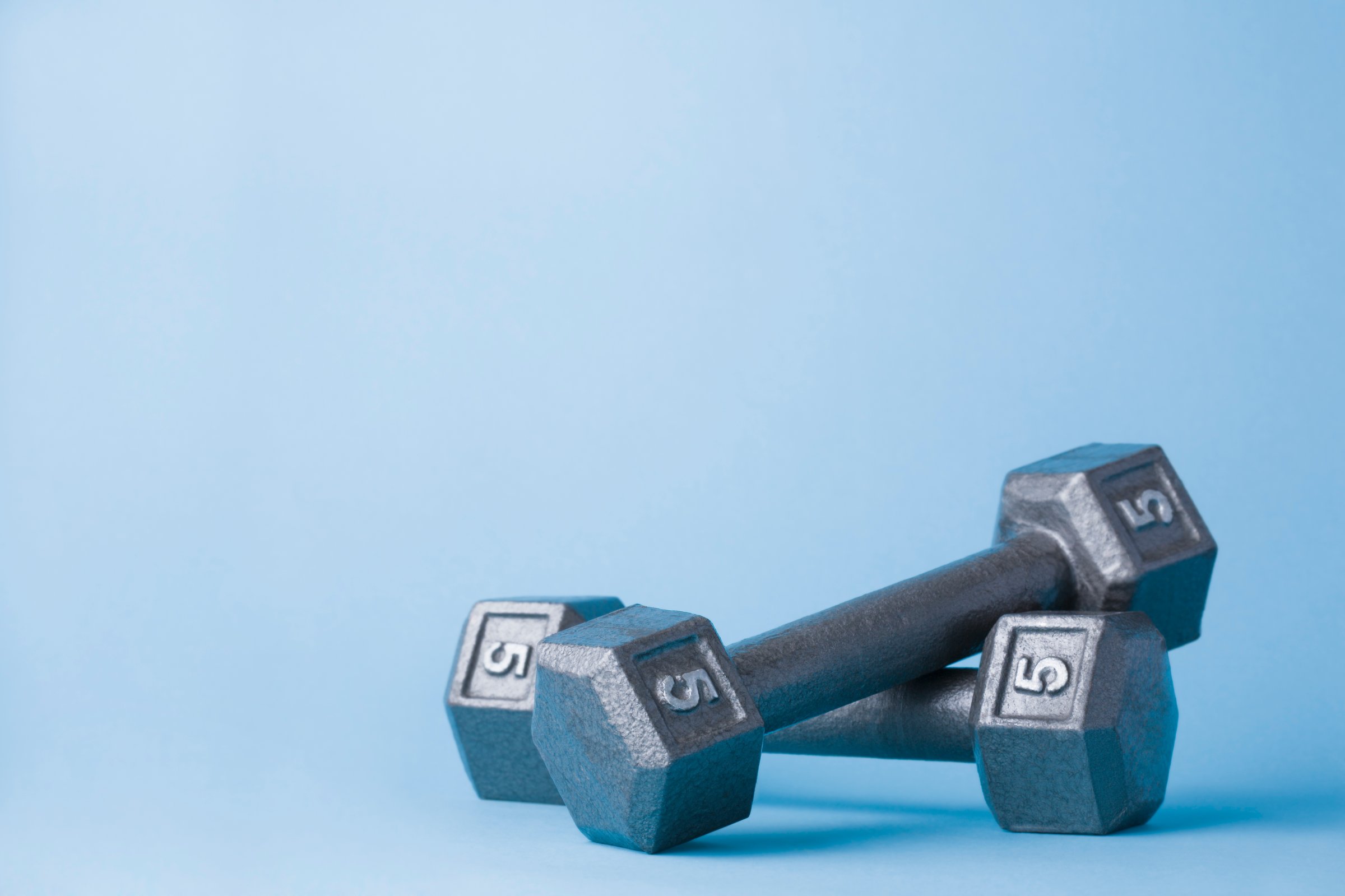
Although any kind of physical activity is better than nothing, some workout plans are better than others in terms of overall effectiveness. While you may think you’re getting a good workout by spending an hour reading a magazine on the stationary bike, the truth is, if you’re leaving the gym with your make-up still perfectly intact, you’re probably not working hard enough.
But a fresh face isn’t the only way to tell you aren’t getting in a good gym session. If your workout isn’t working any more, one of these five reasons could be to blame.
HEALTH.COM: 25 Exercises You Can Do Anywhere
You’re not monitoring your heart rate
Whether you’re on a cardio machine or doing some high-intensity interval training (HIIT), your heart rate should fluctuate between 75% of your maximum when you’re just starting out, eventually building to 100%. (To roughly determine your maximum heart rate, subtract your age from 220.) An easy way to track this is by using a heart-rate monitor that will let you know, in real time, where your heart is at. Some people mistake sweating to be the only indicator of working out hard enough, when in reality some people may just be more prone to sweating than others. A heart-rate monitor is simply the most effective way to gauge your intensity level. These days they’re easy to come by and definitely worth the investment. But if you don’t have one, go old school and stop to check your pulse halfway through your workout.
You can hold a conversation
A leisurely stroll with a friend is a nice way to pass the time, but not if you expect that activity to help you lose weight. To put it simply, if you can hold a conversation during your workout, you’re just not working hard enough. Short phrases, perhaps, but if you’re able to belt out Taylor Swift while jogging, you need to reassess your workout plan (and maybe your level of shamelessness).
HEALTH.COM: 10 Exercise Cheats That Blow Your Calorie Burn
You’re not even a little sore the next day
No pain, no gain. A good way to tell how hard you worked out is to wait 24 hours and see how you feel. When you exercise, you cause microscopic damage to your muscles. The muscles then adapt, repair themselves, and grow stronger. Basically, you should feel moderate soreness after a workout; if not, you probably didn’t stimulate your muscle enough to get results. (But not so sore that you can’t go about your regular routine.) Give yourself a day in between to rest and rebuild those sore muscle groups while you work another, alternating days so you don’t overwork one particular group.
HEALTH.COM: 20 Snacks That Burn Fat
You work out at the same intensity all the time
Once you’ve been on a workout plan for a while and aren’t becoming as sore or tired, it might be time to up the intensity. If you want to gain lean muscle mass and definition, start adding more weight; if you’re using lighter weights to tone up, add some extra repetitions (Instead of 10-15 reps, try 25.) If you’re doing cardio, try going a little faster or start incorporating more interval training into the mix. Because your body is constantly adapting, if you do the same thing over and over again, your body won’t be challenged enough to make a change. Be mindful that the more you work out, the more effort you’ll have to expend to keep making progress.
HEALTH.COM: 20 Little Ways to Drop the Pounds and Keep Them Off
You’re not cross-training
Not only do you need to change the intensity of your workout, but also the variety of what you’re doing. Get creative. Fit people don’t stick to one regimen: they cross train. If you’re doing the same set of squats and bicep curls day in and day out, you’re probably creating imbalances in your body (not to mention it’s just plain boring). Don’t be afraid to mix it up. Force yourself to be uncomfortable. If you’re a runner, add some free weights. If you only lift weights, try adding some yoga or Pilates into your routine to balance out your body’s ratio of strength and flexibility. You don’t have to do everything all at once, but start by challenging your body to do something it’s not used to doing.
HEALTH.COM: 12 Yoga Poses For People Who Aren’t Flexible
You’re not seeing physical changes
That’s not to say if you don’t see results after a week you should give up. After all, how long did it take for your body to get to where it is now? But if you’ve been consistently working out and eating healthfully for more than a few months and you haven’t noticed even a slight physical change—be it a number on the scale or inches lost depending on your fitness goals—then you might need to reassess your routine. It should be a slow progression if you’re doing it the right way, but a progression nonetheless.
This article originally appeared on Health.com.
Read next: The 10 Best Foods and Drinks for Exercising
More Must-Reads from TIME
- Donald Trump Is TIME's 2024 Person of the Year
- TIME’s Top 10 Photos of 2024
- Why Gen Z Is Drinking Less
- The Best Movies About Cooking
- Why Is Anxiety Worse at Night?
- A Head-to-Toe Guide to Treating Dry Skin
- Why Street Cats Are Taking Over Urban Neighborhoods
- Column: Jimmy Carter’s Global Legacy Was Moral Clarity
Contact us at letters@time.com